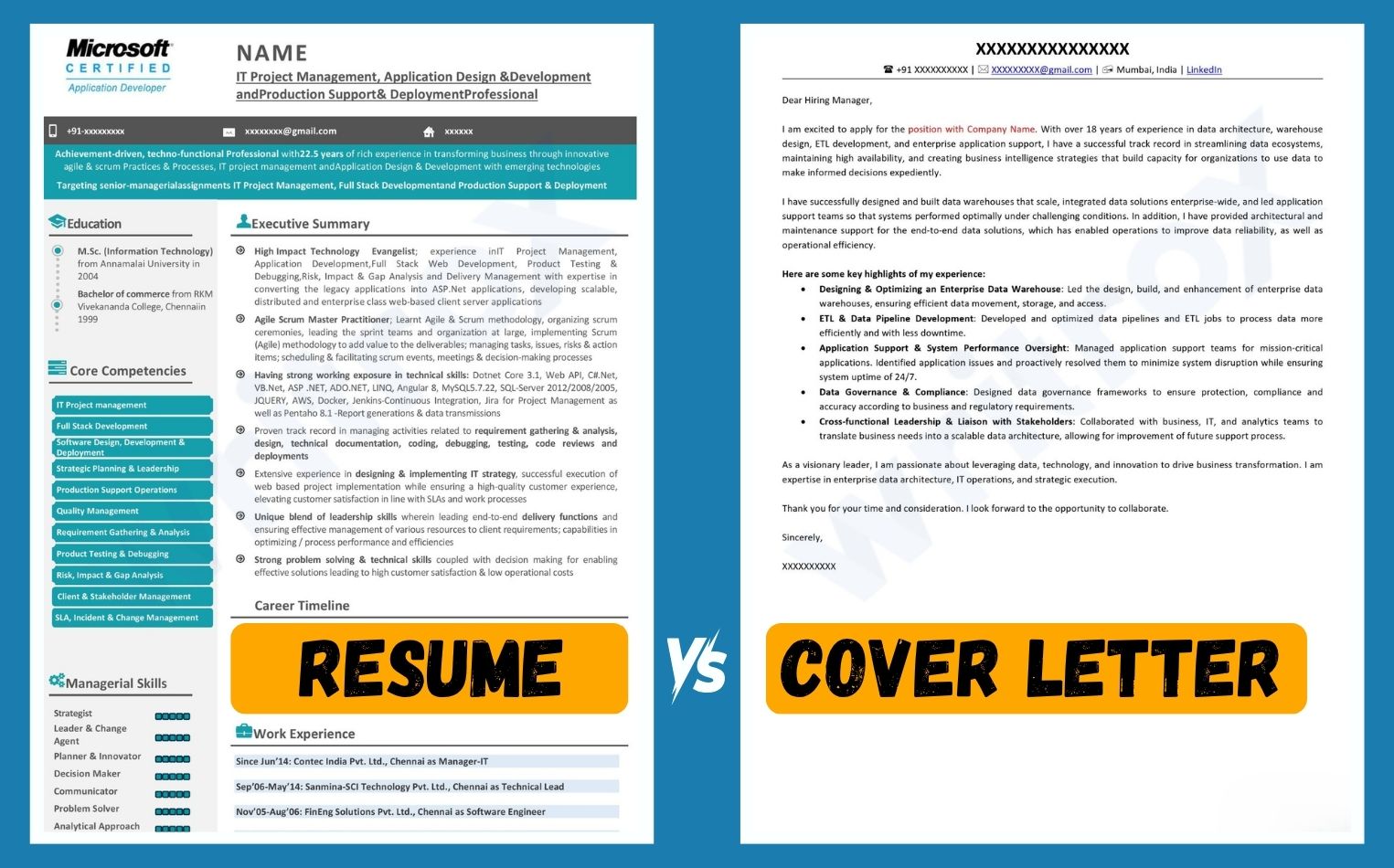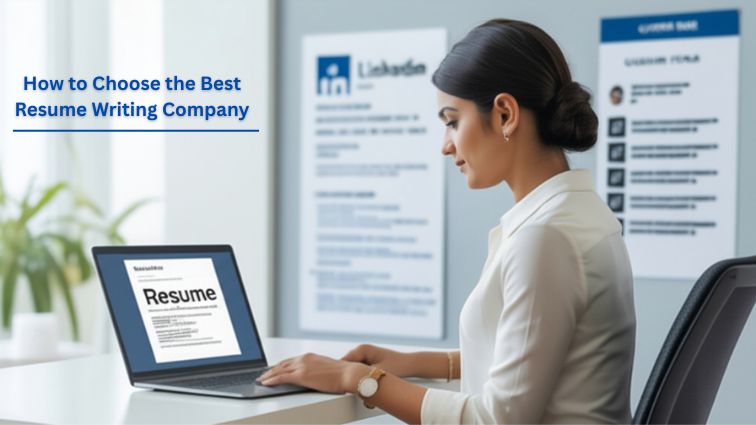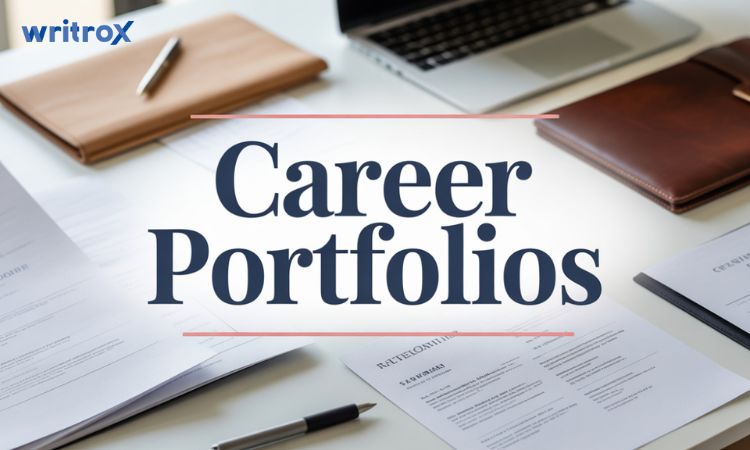Are you confused about the role and key differences of a resume vs a cover letter in the hiring process?
Do most sites even accept cover letters? Many job seekers ask how a resume and cover letter work together, especially now that AI screening and ATS systems filter out faulty ones easily. You must be informed well to deal with the evolving system.
Understanding the difference between a resume and a cover letter is important as both can be included in your job application but serve different purposes. You must master both and avoid making common mistakes to leave a good and lasting impression with recruiters.
Resume vs cover letter– let’s start by learning what both of these applications are.
What is a Resume?
A resume is a concise document that is preferably one page and at most two pages long, that is meant to summarize your professional background at one glance.
Through a resume, you advertise your qualifications and work experience to recruiters. It is almost like your personal marketing tool- you want to show that recruiter in a split second that you are the best candidate for the job.
Typical resumes are clean and structured. It can contain relevant experience, accomplishments (better with numbers like growth% & success rates), and skills often tailored to the job posting.
Apart from that, it is very important for a resume to be ATS-friendly. You can’t afford to make mistakes in this competitive job market. Let’s start from the basics.
What to Include in Your Resume?
- Contact Information: This is located at the top of your resume and must conventionally mention your name, phone number, email and LinkedIn profile.
- Education: Neatly mention the degrees you hold and add institution, graduation year and marks obtained (optional).
- Professional Summary: In this section you should summarize your intention, experience and key strengths in about 2–3 concise sentences.
- Work Experience: Include company name, position, dates, and bullet points highlighting your achievements in any previous position you have held.
- Key Skills: Mention your skill set honestly but you can also tailor it for the job description.
- Certifications: Mention any certifications or licenses that might be relevant to the job posting that you’re applying for.
- Keywords: You should incorporate words from the job posting to boost ATS compatibility.
What is a Cover Letter?
A cover letter is a varied reference letter that introduces your capabilities and experiences to a recruiter in detail. It often serves as a complement to your resume. While a resume is created in bullet-point format, a cover letter can allow you to tell your story in the form of a narrative.
Through these letters you can propose ways in which your work can be valuable to the company, even though the job posting isn’t open yet.
Mention how excited you are about the role, and how you see your skills and interests fitting this company’s needs. You can also make your case regarding salary hikes and other intentions you may have. Let’s discuss a formal approach to writing a cover letter.
What to Include in Your Cover Letter
- Greeting: Address the hiring manager by name if possible. Dear Sir/Ma’am would work too.
- Opening Paragraph: State the role you’re applying for and why you’re interested.
- Highlight Key Strengths and Experience with Your Skills: Highlight your most relevant experience, skills, and achievements. Include statistics to add clarity.
- Why You Are a Fit: Explain how your objectives correspond to the company’s mission.
- Closing Paragraph: Express enthusiasm, thank the reader, and include a call to action (e.g., request an interview). Re-read the whole letter and especially the closing part to judge whether you’re making the impression you’re aiming for.
Resume vs Cover Letter: Key Differences:
Feature | Resume | Cover Letter |
Purpose | Showcase qualification | Introduces you and your interest |
Length | 1-2 pages(preferably 1) | Typically 1 page |
Focus | Experience, skills, education | Motivation, personality, and role-specific fit |
Personalization | General with job-specific tweaks | Highly tailored to each position |
ATS Role | Must be ATS-optimized | May be scanned by ATS but primarily for the recruiter |
When to Use | Always with job applications | When specified or when you want to stand out |
Similarities between Resume vs Cover Letter:
- While the resume is more about what you have done and accomplished, the cover letter talks about what you wish to achieve- essentially the context- the ‘why’ of your application.
- For both documents to be effective, they have to look professional, be properly formatted, and should be customized for the job you intend to apply to.
- It would also work to incorporate pertinent keywords found in the job description to get past any ATS scan and grab the recruiter’s attention. Having an inconsistent tone, style, or structure only reflects badly on your personal brand.
With that established, a well-written resume and cover letter become your voice in the competitive job market and provide you with a competitive advantage. One need not have to choose between- Resume vs cover letter.
Also Read: Not Getting Interview Calls? Here’s What’s Really Stopping You
Examples of Resume and Cover Letter:
Resume Example Format + Tips
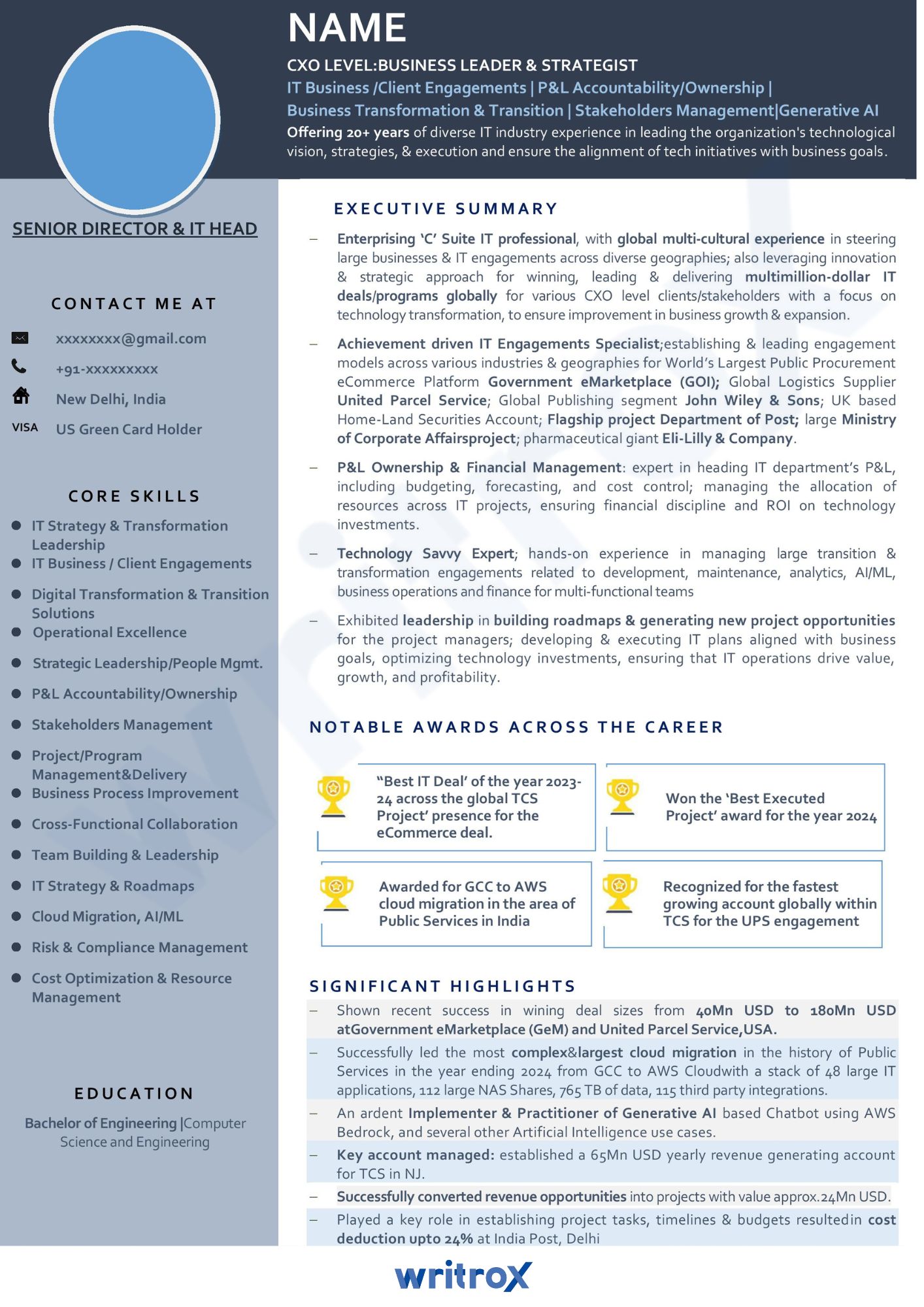
A well-structured resume is essential to pass through AI screening and ATS systems. Here’s a simple outline you can follow:
Resume Format:
- Contact Info: Name, phone, email, LinkedIn, location.
- Education: Mention degrees, institutions, graduation dates.
- Professional Summary: Brief snapshot of who you are and what are your goals.
- Work Experience: Mentions your job history (reverse-chronologically) with key responsibilities and achievements
- Key Skills: Mentions technical and soft skills relevant to a given job.
- Certifications: Relevant courses, licenses, or professional accreditation you may hold.
- Keywords: Terms to be included for fruitful ATS scans.
- ATS Formatting Best Practice: Use standard fonts, clear headings, and avoid graphics.
Need help creating an ATS-friendly resume? Our professional resume writing services can help you craft a document that stands out and passes ATS scans with ease.
Quick Tips:
- Use a standard point font like Arial or Calibri for readability. Font size must remain 11 to 14.
- Make section headers bold or slightly larger for clarity.
- Use bullet points to showcase achievements and responsibilities.
- Design your resume to focus on what’s most relevant to the job.
Also Read: The Role of AI in Career Growth and Skill Development
Cover Letter Example Format + Tips:
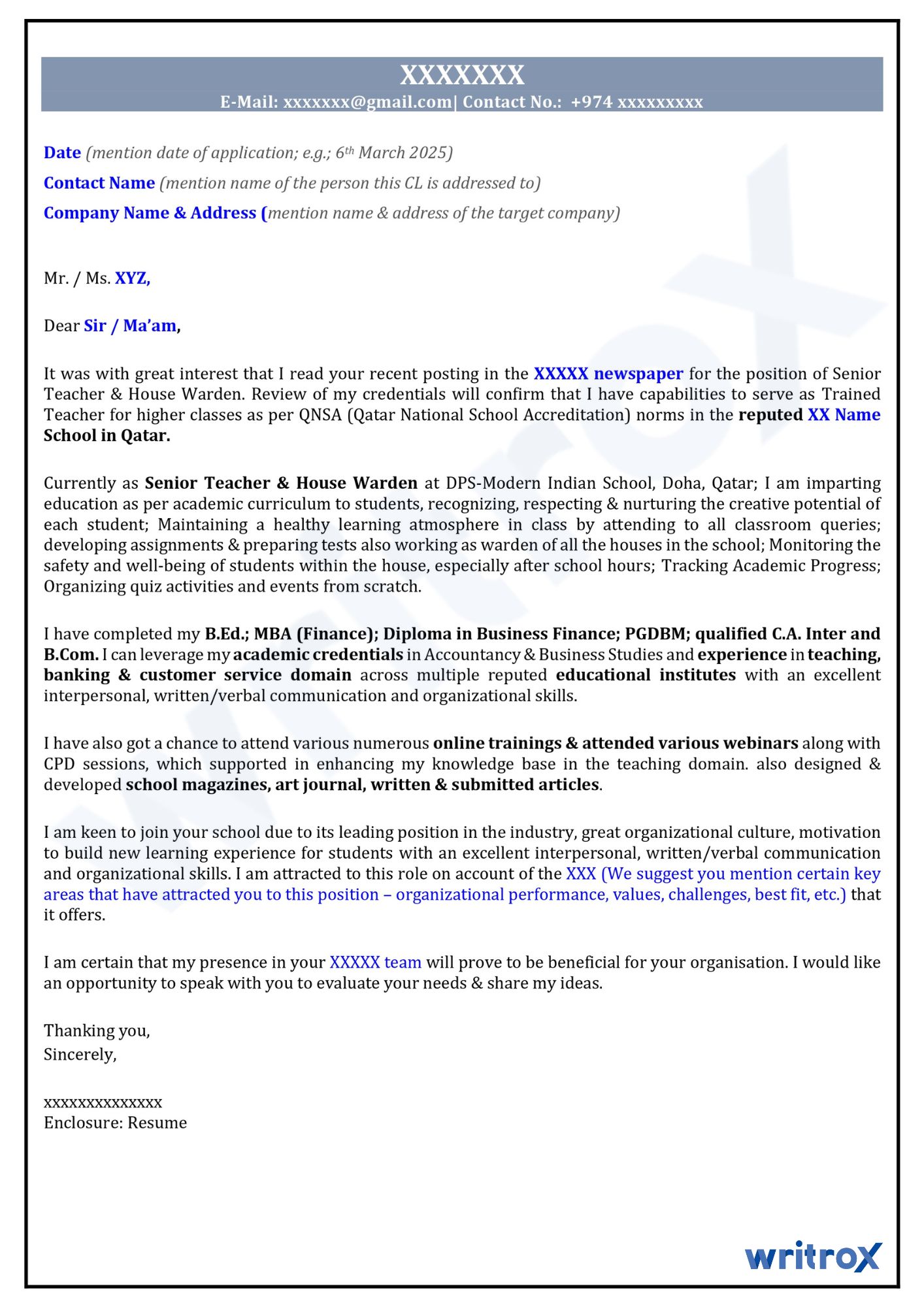
A cover letter should complement your resume by telling your story and showing your personality. Here’s a basic format:
- Proper Greeting: Address the hiring manager by name, if such information is accessible.
- Opening Paragraph: State the job role and say how much you welcome the chance for consideration.
- Body Paragraph(s): Highlight your most relevant experience, skills, and achievements. Explain why you’re a great fit for the company and the position.
- Strong Closing Paragraph (CTA): Thank them and state that you are looking forward to an interview.
Tips for Effectiveness:
- Make it personal. Tailor each letter to the company and job. You may research the recruiters and try to gain their confidence through this letter.
- Keep it concise and formal- ideally one page.
- Show enthusiasm for the role and company.
- Avoid repeating your resume word-for-word.
- Use specific examples and quantify your achievements. It adds weight to your achievements.
When to Use Resume and Cover Letter When is it okay to send just a resume?
What to choose- resume or cover letter? While both a resume and cover letter are excellent tools, knowing when to send which will make your application work just right.
When is it appropriate to send a resume only?
It’s appropriate to send a resume only if, first of all, the job posting specifically mentions that only a resume is required, or if you’re applying to a job through a portal that won’t accept your cover letter.
Secondly, if you’re applying for an entry-level position or in an environment with a high applicant volume, the cover letter may never receive appropriate attention. In those situations, a good resume that is optimized for the ATS is often your best chance at securing the job.
When is it preferable to send both a resume and cover letter?
When possible, send both a resume and cover letter- even when a cover letter is optional. A well-tailored cover letter can set you apart from other applicants by showcasing your motivation, personality, and fit for the company.
If you are going for a position that specifies communication, leadership, or customer-facing abilities, a cover letter is a fantastic option to set yourself apart in the application process.
Why senior roles, career switches, or cold applications benefit from a good cover letter?
- Senior roles: A cover letter gives you an opportunity to mention things like salary expectations, and reinforce your leadership style, vision, and contribution to the organization.
- Career switches:If your experience is not clearly aligned to the position you are applying for, a cover letter is an effective opportunity to explain how your transferable skills, professional interest, and motivation to change are valuable to future opportunities.
- Cold applications: When you are applying to a company for a position that is not posted yet, a cover letter is a first step to introduce yourself, your interests, and to create a convincing case for your services, urging them to keep your information on file for future appropriate openings.
Resume vs Cover Letter: Common Mistakes You Should Avoid
Common mistakes that you should avoid include:
- Using a standard resume or cover letter for all job applications.
- Disregarding ATS requirements (wrong file types, not enough keywords).
- Putting the same information in both documents.
- Spelling & grammar mistakes.
- Making your cover letter either too long or too short.
- Not at least addressing the hiring manager by name (when possible).
- Not personalizing your resume and cover letter using the job description.
- Incorporating irrelevant information or outdated information.
- Using jargon or clichés without any supporting example.
- Not including a call to action on your cover letter.
Conclusion:
As we move into 2025, job markets are constantly evolving. AI-driven screening and ATS systems are now the first gatekeepers of your job application. So you must ensure that your resume is precise, optimized and short, while using your cover letter speaks well for you.
You will increase the odds of acquiring interviews and ultimately job offers by mastering both documents. Follow the information above to create persuasive, tailored applications and take the next leap in your career with confidence!
FAQS
1. What is the main difference between a resume and a cover letter?
A resume is a brief and straightforward overview of your skills, experience, and education, and is formatted to be quickly scanned by a variety of ATS (Applicant Tracking System) and recruiters.
A cover letter is a customized story that outlines your goals and intentions, identifies the key things you achieved in your career to the profile, and relates your story and experience specifically to the job and company.
2. Can I send a resume without a cover letter?
Yes, you can send a resume without a cover letter.
3. Is a cover letter always required?
No. There may be roles/sites/apps that do not accept it as an option to begin with, but including it is always a good choice to show that extra effort/interest especially for senior level roles, career changes or cold applications.
4. What should I avoid when writing a cover letter?
Avoid generic content; repeating your resume; too long or too short paragraphs; using cliches; not tailoring it specifically for the job. And of course, always proofread for spelling or grammar issues.
5. How long should my resume and cover letter be?
A resume should be an orderly 1 page document focusing on relevant experience and skills. A cover letter should be one page or less and with shorter, targeted content.



